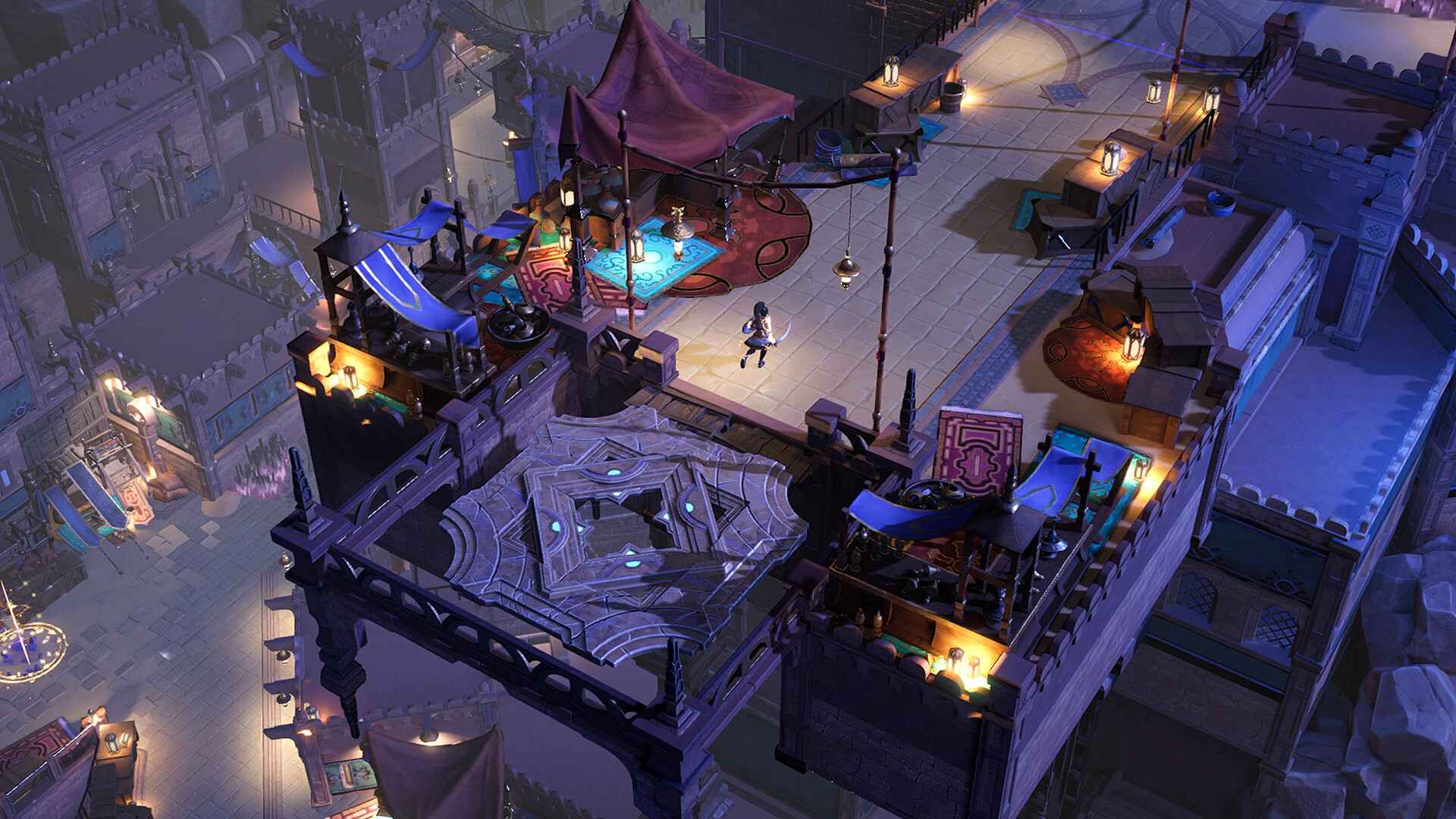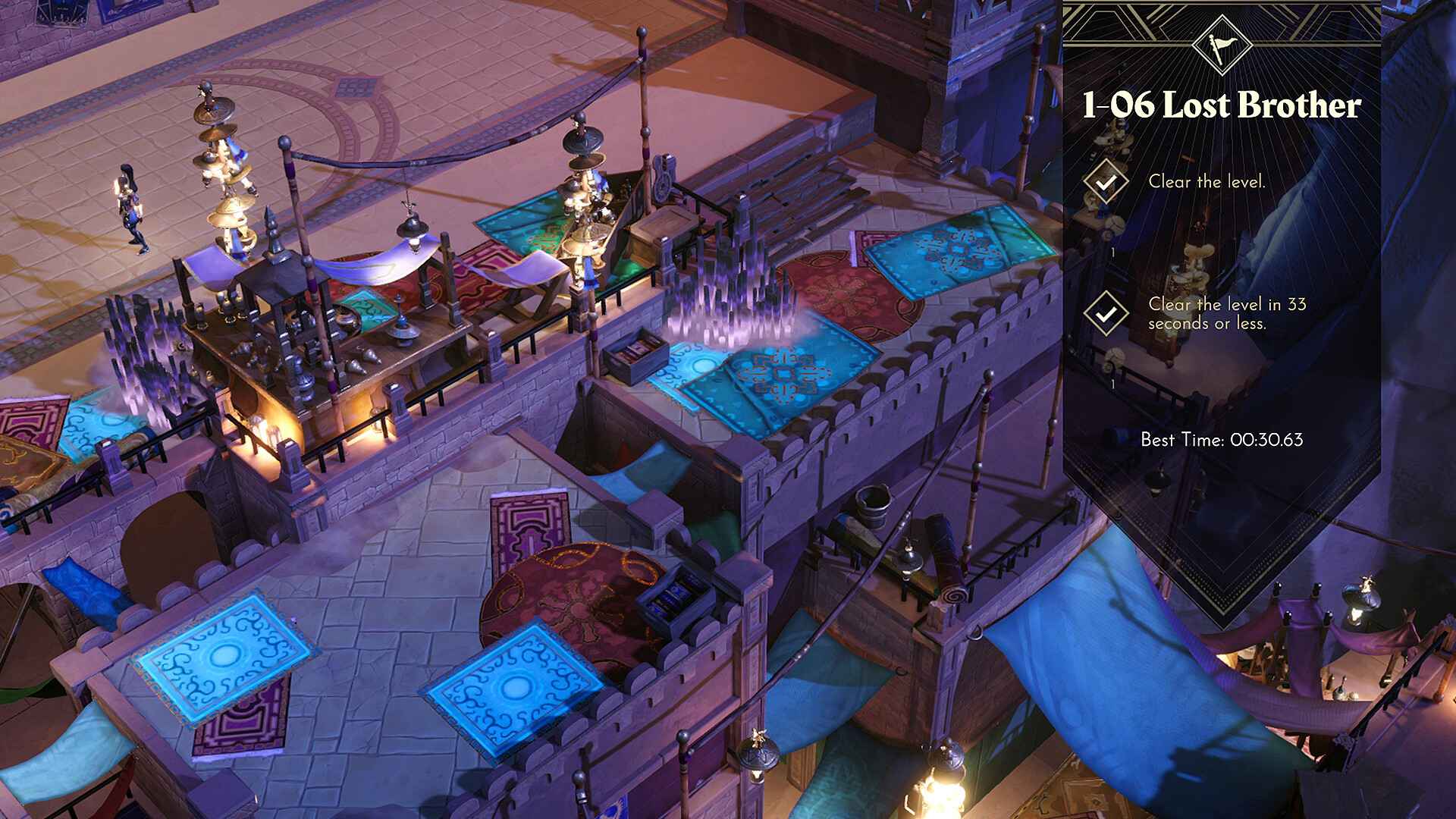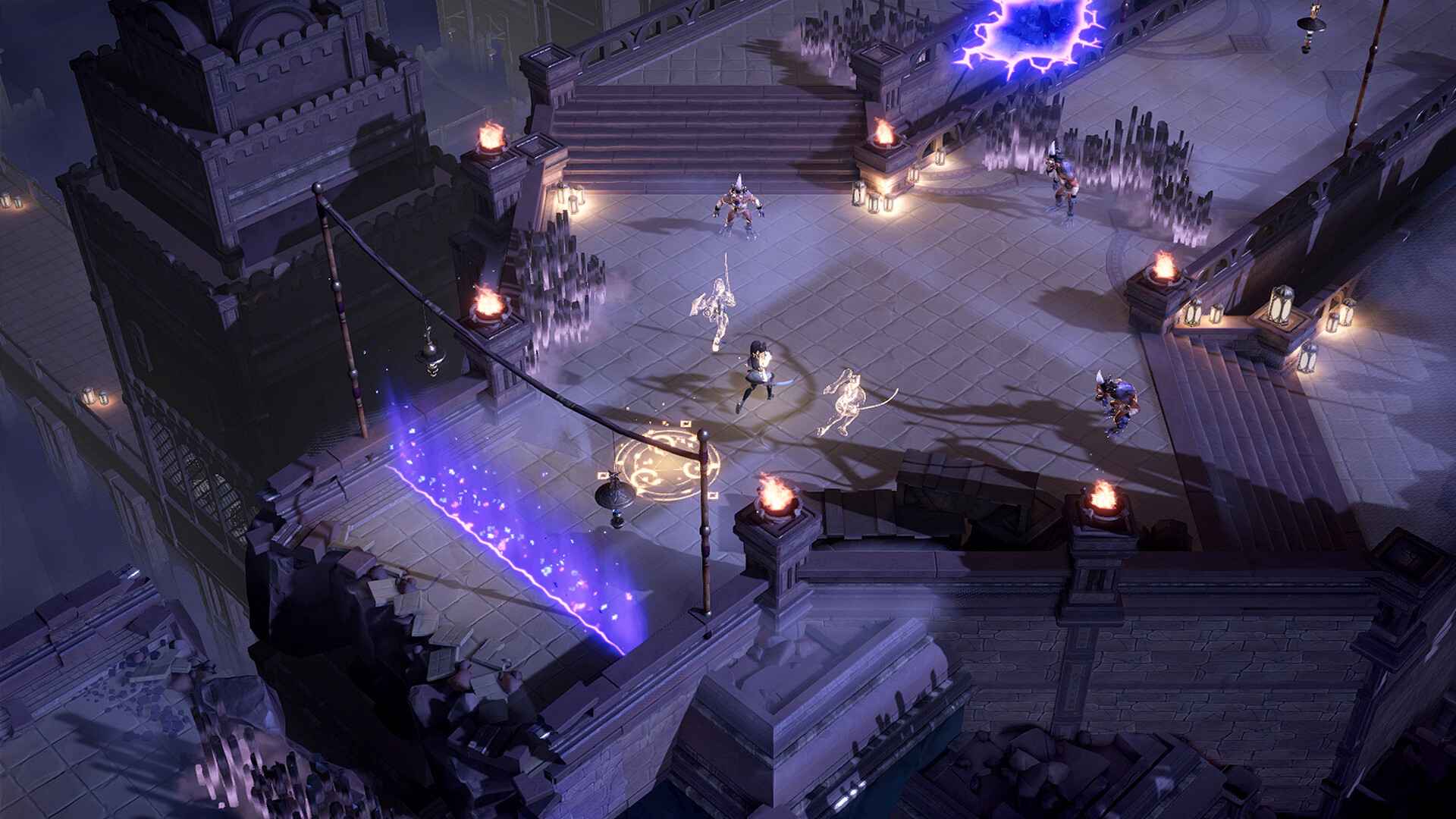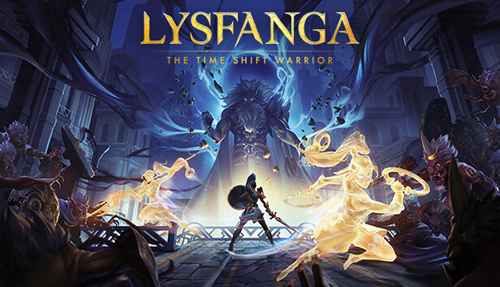Lysfanga: The Time Shift Warrior Review
Though the genre certainly has produced some outstanding games, the isometric hack-and-slash formula hasn’t evolved all that much. Crawl through dungeons, break crates, fight monsters, find treasure. Rinse and repeat. Although Lysfanga: The Time Shift Warrior sticks to the plan in some ways, it cleverly deviates in another by introducing an engaging new mechanic. In Lysfanga, you’re essentially playing co-op with yourself.
Don’t Bury the Lead
We’ll get to the story and setting in a moment, but let’s talk about what really sets Lysfanga apart. The hook here is that, when you engage in battle and die, you start the fight over again but with a copy of yourself fighting alongside you. The copies are called Remnants, and each remnant retraces exactly your previous run. As you explore, you find collectibles that open up additional Remnants, essentially increasing your ability to resurrect before failing a fight entirely. Pretty soon you have a full squad of clones.

The basic idea is that you clear an area of the battlefield, and after you die, your Remnant copies what you already did, while you move on to another part of the map. Provided you don’t overlap, your Remnants retrace your steps exactly and use the same tactics you did. Enemies respawn in the same locations, so there are no surprises there. Each run is on a timer, so you need to fight as efficiently as possible. In some battles there are magical devices that shorten the length of each run, creating additional tension.
At first, you might think that the basic tactic is to clear one lane first, then head to a different lane the next time. That plan works for about two battles. After that, the battles turn asymmetric and the game starts changing things up. Some enemies can only take damage from behind. Others come in magically linked pairs and must die at the same time. It doesn’t take long to understand that, at its heart, Lysfanga is a puzzle game hidden in the guise of an ARPG.
More than a Gimmick
Lysfanga’s Remnant mechanic is a great one, and the developer does a good job of designing enemies and battles around it. The learning curve and the introduction of new tactics and weapons ease the player into greater challenges. While Lysfanga is a single-player-only game, you do get the chance to replay battles for a better time. Once past the very early levels, it’s clear that there are many ways to approach a fight, guaranteeing replay value.

Aside from the Remnant mechanic, Lysfanga embraces most of the traditions of action RPGs. The game is divided into three, substantial Acts and an epilogue. In each chapter, the warrior Imë’s main weapon changes, as does the style of combat. Additionally, Imë unlocks four ultimate abilities and over a dozen spells. There are lots of ways to customize Imë, but these are mostly cosmetic. In other words, you’re not going to be burdened by a backpack full of weapons, armor, and consumables to sort. The handful of item types to find are all critical.
While there are some nooks, crannies, and side paths to explore and some NPCs to discover, Lysfanga is primarily a linear game with a fixed camera that rarely gets in the way of combat or tactical planning. All its systems meshed well and nothing felt undercooked or out of place. For all its tactical nuance and flexibility, controls are simple, fluid, and intuitive.
Mythic Setting
We haven’t spoken much about Lyfanga’s narrative and setting, but it’s quite well done. You play as Imë, the once-in-a-generation Lysfanga, a near-mythical warrior and sister to Kehör. Imë is gifted with powers by the Goddess of Time in an attempt to rid the New Kingdom of the supernatural Raxes. After an age of peace when it was frozen in time, the kingdom has been beset by an ancient evil and time is in flux. Part of Imë’s quest is finding her brother and discovering his role.

Visually, Lysfanga has a stylized look that plays attractive, artistic variations on Persian, Egyptian, Greek, and other ancient architecture and motifs. Each Act explores a different location and there is quite a bit of visual variety. The tone is mythic, emphasized by understated writing and effective voice acting. There isn’t a ton of environmental audio or combat sound effects, but the music does a good job of filling the soundscape with exotic colors and textures. For a game made by a relatively small main team, Lysfanga: The Time Shift Warrior is a technically impressive product, with smooth controls, a rock-steady framerate, and very few issues.
Lysfanga: The Time Shift Warrior shakes up the action RPG formula with a genuinely creative mechanic. Simple to understand but often deviously challenging to execute, Lysfanga’s clone-based combat is addictive and clever. Maybe best of all, Lysfanga: The Time Shift Warrior doesn’t overreach, instead focusing on polish and the best possible execution of its original, core concept.
***PC code provided by the publisher for review***
The Good
- Clever clone mechanic
- Challenging combat puzzles
- Lots of replay value
- Attractive art
The Bad
- Slightly repetitive
- Environments are a bit empty
- Environmental audio is undercooked

